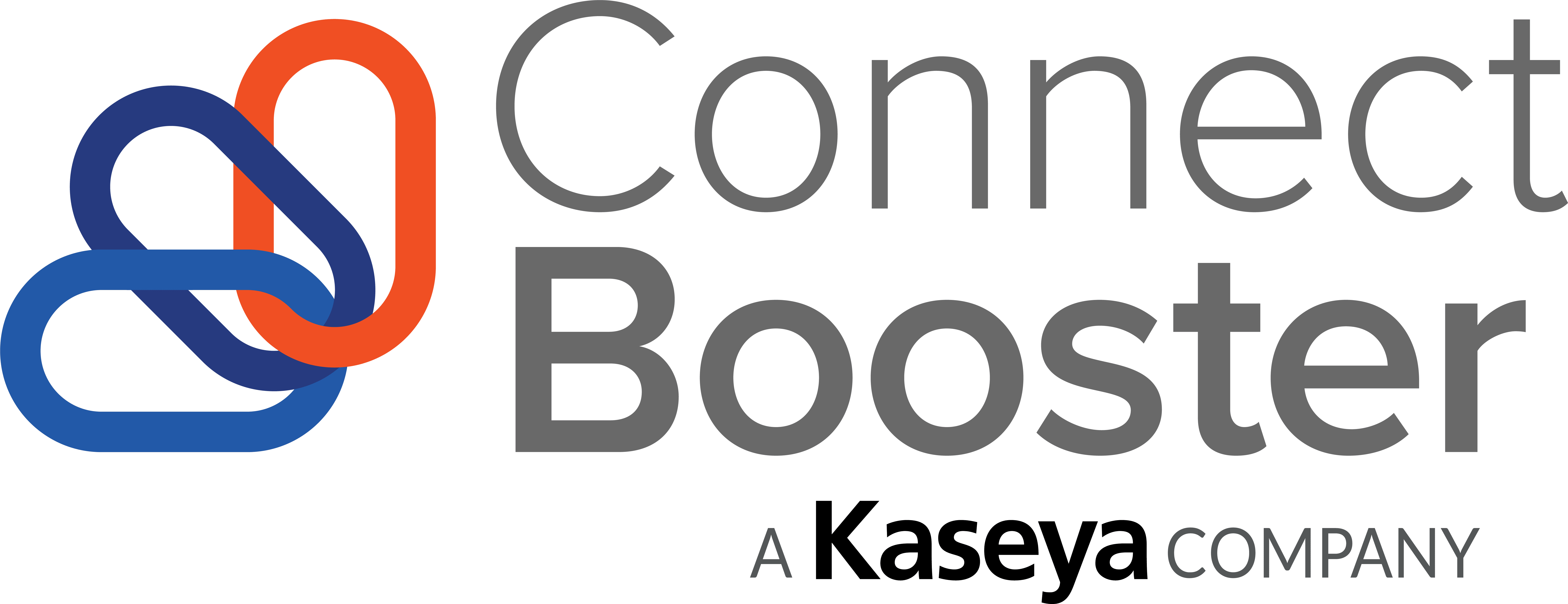Many phrases can cause sales team members to pause before responding, but there is one particular objection that no MSP wants to hear. When a prospect utters the words “your price is too high” or “that proposal won’t fit our budget,” it can catch even the most tenured professionals off guard, disrupting the conversation, if not sinking the entire deal. Cost objections can be hard to overcome unless the MSP has an effective plan and a clear and honest approach.
Some business owners throw out the pricing issue even when the cost isn’t the real concern. In many cases, it becomes a smokescreen or catch-all objection to interrupt a sales conversation or deflect from their true reasoning for not signing a contract. The artful dodge is alive and well.
The big problem for MSPs, or any sales team, is separating the true objections from conversation diversions. People have a strong tendency to take the path of least resistance to shut down unwanted or uncomfortable dialog. Avoidance is easier than an open and honest discussion with salespeople, and throwing out the tried-and-true concern about the price of a product, service, or program can be the next best thing.
Plan and Build
Every MSP should have a sales playbook that includes carefully crafted responses to the most common objections from prospects. The first step is determining the comments and level of pushback your team may receive from the gatekeepers, influencers, and the ultimate decision-makers.
In addition to price, prospects often use one or more of these familiar objections to stifle sales discussions:
· The timing is not right (lack of urgency)
· That’s too rich for our budget
· Your program sounds no different than what we already have
· That won’t address our problems
· We trust our current provider
Of course, those are just a few of the roadblocks, however big or small they may be, that MSPs encounter every day. That’s the value of building a sales playbook. Whether the objection is real, such as, “I don’t know anything about your company” or just an easy way of avoiding a deeper discussion, your team needs to be prepared to address the most common scenarios. Laying out all the potential issues with respectful and insightful responses is critical for your sales team’s development.
That’s not an easy job, which is why many MSPs utilize an industry-specific training program or hire a professional sales manager with the appropriate experience and solid leadership skills. One of the hardest parts of running a managed services business is knowing when to bring in help.
Skillfully Obliterate the Pricing Objection
Cost is a factor in nearly 100% of sales conversations. However, if your team can neutralize that objection early on in their engagements and build a strong case for the company’s programs and offerings, the chances of closing new contracts will rise significantly. Mastering that process is essential to the continued growth of your MSP.
One common problem is the rush to discount. That route is often the default for an inexperienced salesperson, reacting too quickly to what may be a smokescreen pricing objection by offering the prospect a reduced rate to close the deal. You can’t go back on that commitment.
More importantly, your company may not uncover that decision maker’s true objection until later in the relationship, perhaps even after signing a contract and going through the onboarding process. Those concerns may resurface at the least opportune time and cause heartburn for the account managers, technicians, and management team. Neutralizing their objections means addressing potential problems and ensuring the partnership is a fit for both companies. Full disclosure means taking an “eyes wide open” approach to sales and building a solid foundation for a long and fruitful business relationship.
The approach and conversation progression is critical. MSPs can leverage these five important steps to overcome, or at least minimize a prospective client’s pricing objective:
1. Wait for it. Great sales professionals spend more time listening than responding. A short period of silence when a prospect throws out an objection, at least two seconds but no longer than five, gives you time to collect your thoughts before proceeding to the next step. That pause can disarm the decision-maker and make them feel the need to provide more details about their statement. A confident sales professional avoids rushing to the next step or taking an immediate defensive posture.
2. Clarify the objection. The next step is essential for uncovering the truth behind their initial statement. Asking the prospect one properly phrased question can flip the script, disarming the decision-maker and possibly eliciting an explanation of their objection. Try to use the speaker’s words in the response. For example, “so, you’re saying the price is too high for the value you’ll receive?” or “what would you expect to pay for these services?”
3. Connect the benefits with the prospect’s business. The key for any sales conversation is getting prospects to share their thoughts, business challenges, and future aspirations. Every sales playbook should include questions to keep the other party talking and the sales team listening. All responses should aim to clarify opportunities and connect specific solutions to that company’s unique needs and ambitions.
4. Emphasize the value/ROI. The final step connects all the dots. Share stories about other businesses that you’ve helped resolve similar problems and provide examples of cost savings or different measurable results. Understanding their industry is a big plus. The more experience your team has supporting similar types of businesses, the easier it will be to emphasize the value of your support.
5. Close out the objection. Another common mistake is assuming a prospect’s initial concerns have been addressed in the conversation. Just having a good chat doesn’t mean you (or your sales team) neutralized or even minimized the pricing objections. A positive response to an easy question such as “do you see the value of continuing this discussion?” is one validator. Asking them something more conceptual such as, “if cost wasn’t a factor, what would your ideal business look like?” is a great way to take the focus of price and move into the value conversation.
Rinse and Repeat
The same process can be applied to other objections. Business owners can be quite creative when it comes to delaying and avoiding conversations with salespeople. Who can blame them? Spammers and fastpitch marketers constantly harass your prospective clients on their phones and through email.
The constant drone of voices and messages makes it harder for legitimate professionals with valued products and services to get time with decision-makers. Getting their attention is even harder.
That’s why MSPs need to quickly overcome any objections when they get to speak to a prospect. Carrying on an insightful and engaging conversation is much easier when your sales team knows how to react to different situations. The success of the deal depends heavily on their ability to build trust and convey value.
You might have your own reservations for utilizing ConnectBooster within your billing and collections process. Consider what our customers have shared,
“You can’t look at this tool as something you pay for because in the end, it pays you.” and “The extra money and time that I was able to regain with ConnectBooster allowed me to invest back in my business.”
See for yourself. Request a customized price quote.

